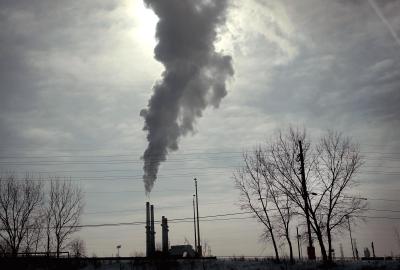5 reasons to be hopeful: Big wins for the environment in 2023
If you’ve been skeptical about climate progress in 2023, no one’s going to blame you.
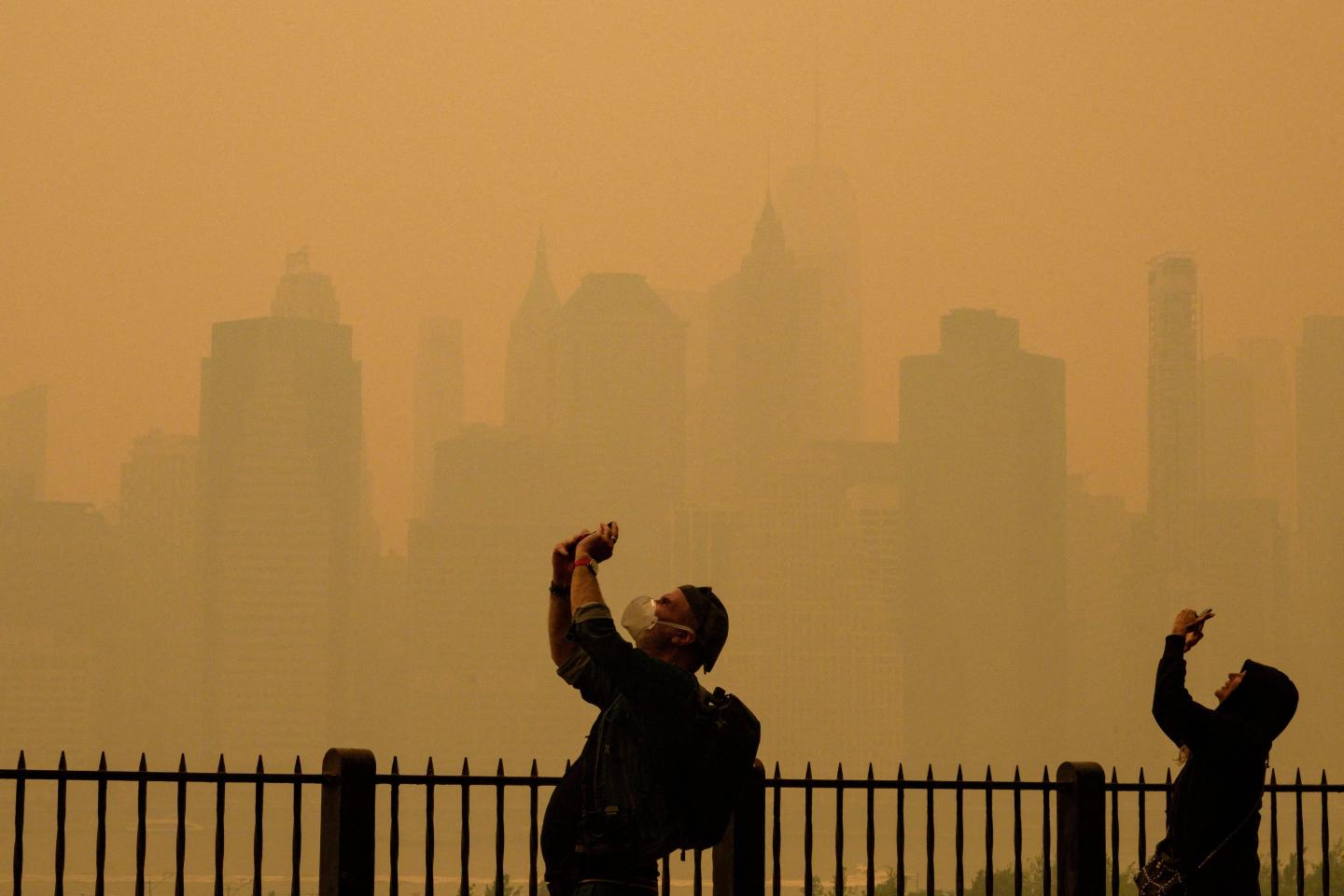
It’s been the hottest year on record. Around the world, extreme weather continued unabated, with deadly floods and skies an apocalyptic orange from wildfire smoke.
But 2023 also delivered real, world-changing advances, letting us know that progress is still possible.
So don’t throw in your towel just yet. Instead, savor these big wins for the planet and let them inspire you to hope and act, now and in the year to come.
Ambitious action on methane
Methane is a potent greenhouse gas, responsible for at least a third of all current global warming. And cutting methane pollution from oil and gas operations, one of its major industrial sources, is the fastest way to make a significant dent in global warming right now.
2023 saw important progress. At the UN’s climate summit earlier this month, more than 50 companies responsible for 40% of the world’s oil production agreed to slash methane pollution to nearly zero by 2030. Major dairy producers, including Danone and Kraft Heinz, anted up, too, announcing they’ll create and implement action plans to substantially cut methane from their supply chains. (Cows’ digestive tracts can be major methane releasers.)
Some governments moved in the right direction, too. China, one of the world’s top five methane emitters, issued its first methane action plan this November, not long before the European Union, the world’s largest importer of natural gas, reached a provisional agreement on its first methane regulations. EU rules will apply not just to the European fossil fuel industry but also to imported fuels from places like the United States and Russia.
Canada proposed new methane reduction standards for its oil and gas industry. And in the U.S., the Environmental Protection Agency announced long-awaited regulations that will cut huge amounts of methane pollution from oil and gas operations. By 2038, those reductions will have the same near-term climate impact as removing nearly one billion cars from U.S. roads for a year. (That’s right: one billion.)
Amazon deforestation is down
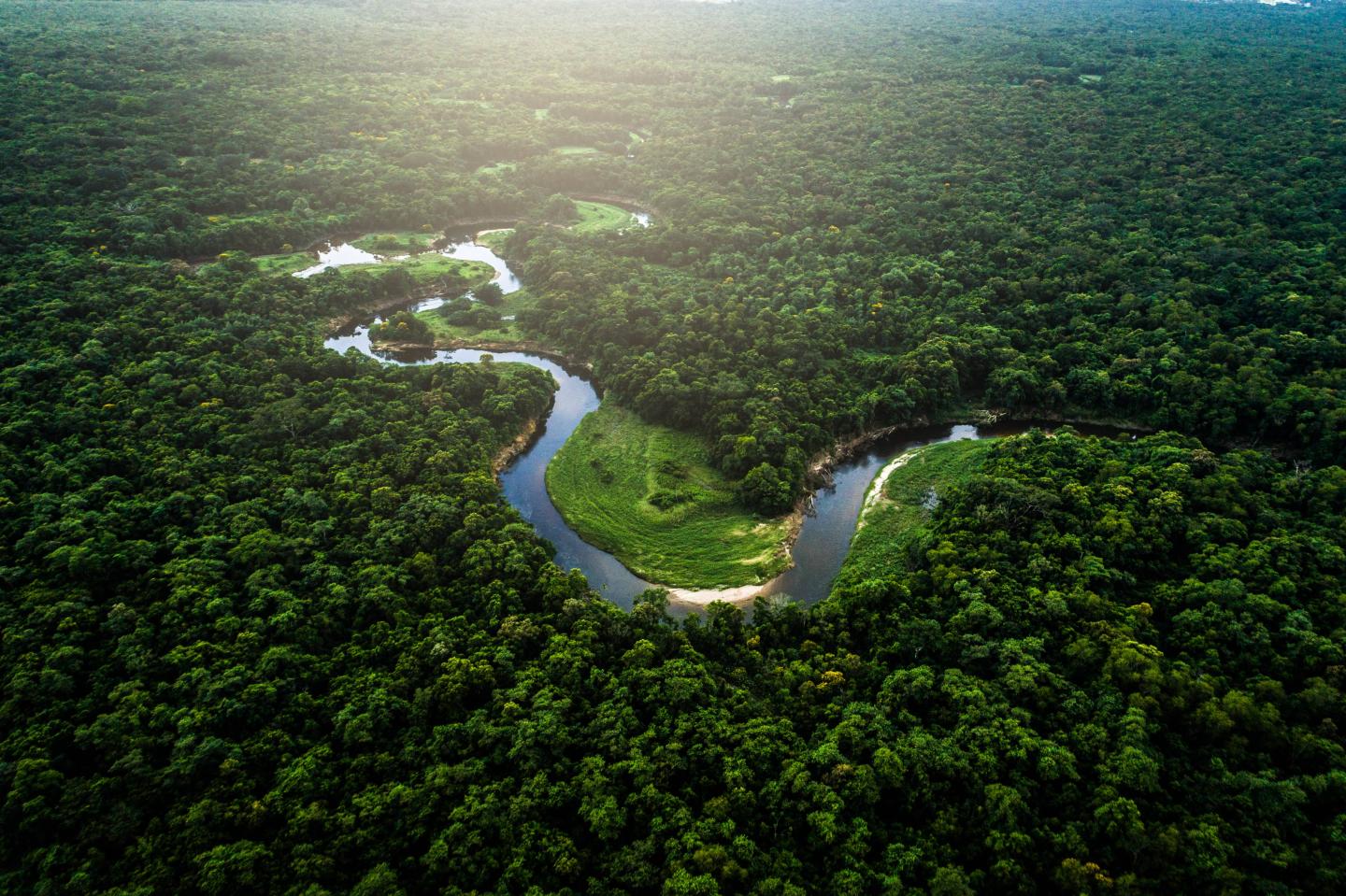
The Amazon rainforest is the world’s largest and most important tropical forest, storing gargantuan amounts of carbon in its trees, plants and soil, supporting more than 30 million people who make the forest their home, and influencing weather patterns around the world.
For decades, the forest has been in dangerous decline. Due to cattle ranching, soybean farming, logging and mining, 17% of the original forest is now gone. Satellite images show that logging and burning has weakened the forest that remains.
In 2023, that trend took, if not a U-turn, at least a change in direction. Data from the nonprofit Amazon Conservation showed that deforestation in Brazil, Bolivia, Colombia and Peru was down by more than 55%, thanks in part to new policies in Brazil and Colombia beefing up enforcement of rules against illegal clearing and paying local residents to protect forests.
But the Amazon is not, well, out of the woods just yet. In December 2023, Brazil’s congress overrode a presidential veto to pass a law that makes it significantly more difficult for Indigenous groups to get legal rights to their traditional lands and otherwise weakens their rights to be consulted on mining and road building in their traditional territories. Indigenous groups play crucial roles in safeguarding the basin’s ecosystems. As soon as the law passed, Indigenous groups challenged the law in court. “The fight is not over yet,” says Aurelio Tenharim, a leader from Amazonas state. “We’re still fighting.”
Court rulings favor the climate
If you’re among the many people who feel the climate could use a good lawyer, know that this year, the climate and its supporters got more than their day in court. In several cases, they actually won.

Among the notable victors were a group of young Montanans who sued the state government saying it failed to protect their right, guaranteed in the state’s constitution, to a clean and healthful environment. Montana must now include climate change as a factor when it considers approving new fossil fuel power plants. Not resting on the laurels of their August victory, the plaintiffs went back to court this month to support blocking a proposed natural gas power plant in the Treasure State.
In Hawaii, the city and county of Honolulu took a page from the Big Tobacco lawsuit playbook and brought a case against 10 oil companies for deceptive practices. Their claim: The companies misled the public about the dangers of fossil fuels and should pay billions of dollars in damages to finance restoration and repair. (More than two dozen similar cases are currently working their way through U.S. courts.) In November, the Hawaii Supreme Court rejected the companies’ efforts to dismiss the case, which will now go before a jury.
“These cases raise awareness about who’s responsible for climate pollution, provide accountability and accelerate climate action,” says Vickie Patton, general counsel at Environmental Defense Fund.
Elsewhere, more than 58,000 Belgians won a case against their government. The country must now cut its climate pollution by 55% below 1990 levels by 2030 — a more ambitious target than that required by the European Union. Attorneys representing the plaintiffs explained the ruling bluntly: “The judges recognized the urgency of the situation.”
Vehicle electrification powers ahead
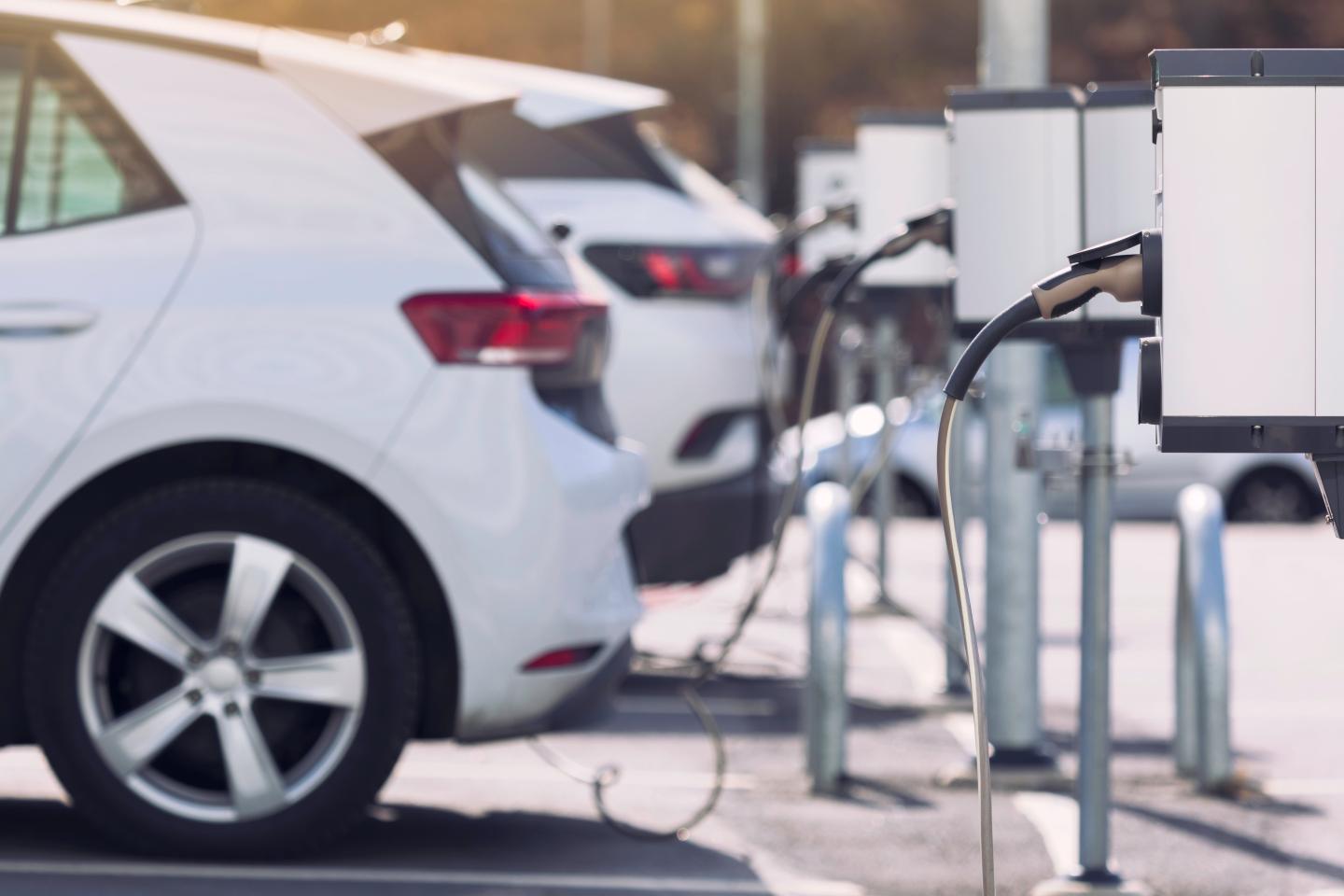
Zero to 60 in record time? Some impressive torque right off the line? That’s what we’re seeing in the field of vehicle electrification. And it’s great news for the environment because EVs produce significantly less climate and air pollution than gas-powered cars.
Worldwide, EV growth has been impressive, with electric cars making up 33% of all new sales in China in the first half of 2023, 35% in Germany and 90% in cold and snowy Norway. Here in the U.S., more than a million EVs were sold in the first 11 months of 2023 — 9% of all new cars. In California, 25% of new car sales were electric.
Options for consumers are increasing too. In the U.S. alone, there are now at least 47 models of electric cars and pickup trucks to choose from, with more on the way. For commercial vehicles, choices are growing, too — everything from electric delivery vans to 18 wheelers — helped along by clean truck standards like those adopted by California and nine other states.
Endangered species back from the brink
Climate change and other human-caused hazards have not been kind to the world’s plants and animals. A startling number of species are threatened by extreme weather, habitat loss and an inability to migrate to more hospitable climes.
Still, this year saw some heartening news for species thought to be too critically endangered to survive.
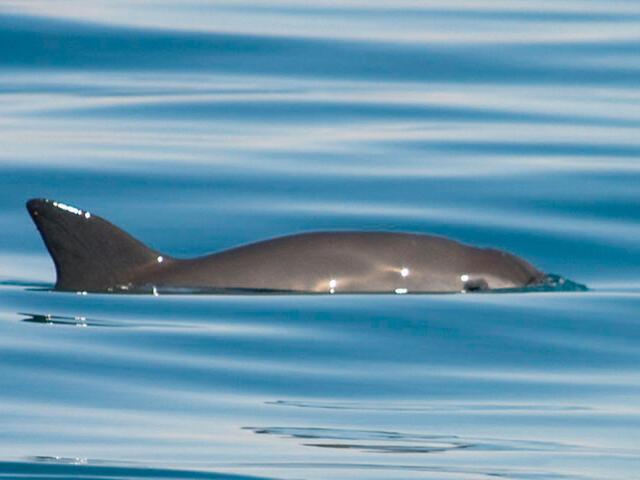
At up to 120 pounds, the vaquita is the tiniest member of the porpoise, dolphin and whale family. A 2021 census found only 10–13 vaquitas in the upper Gulf of California, where the animals reside. But this year, conservationists were buoyed by the sight of a mother and calf swimming alongside each other in the gulf.
Conservationists attribute the heartwarming sight to ongoing efforts to make the vaquita's habitat safer, including removing illegal fishing nets that trap vaquitas inadvertently.
“This is a very good sign," says Hector Licon, a fisheries expert with Environmental Defense Fund. “It’s still too early to celebrate, because there are so few surviving animals and progress on reducing threats has been slow. But the sighting of calves gives us very strong hope.”


